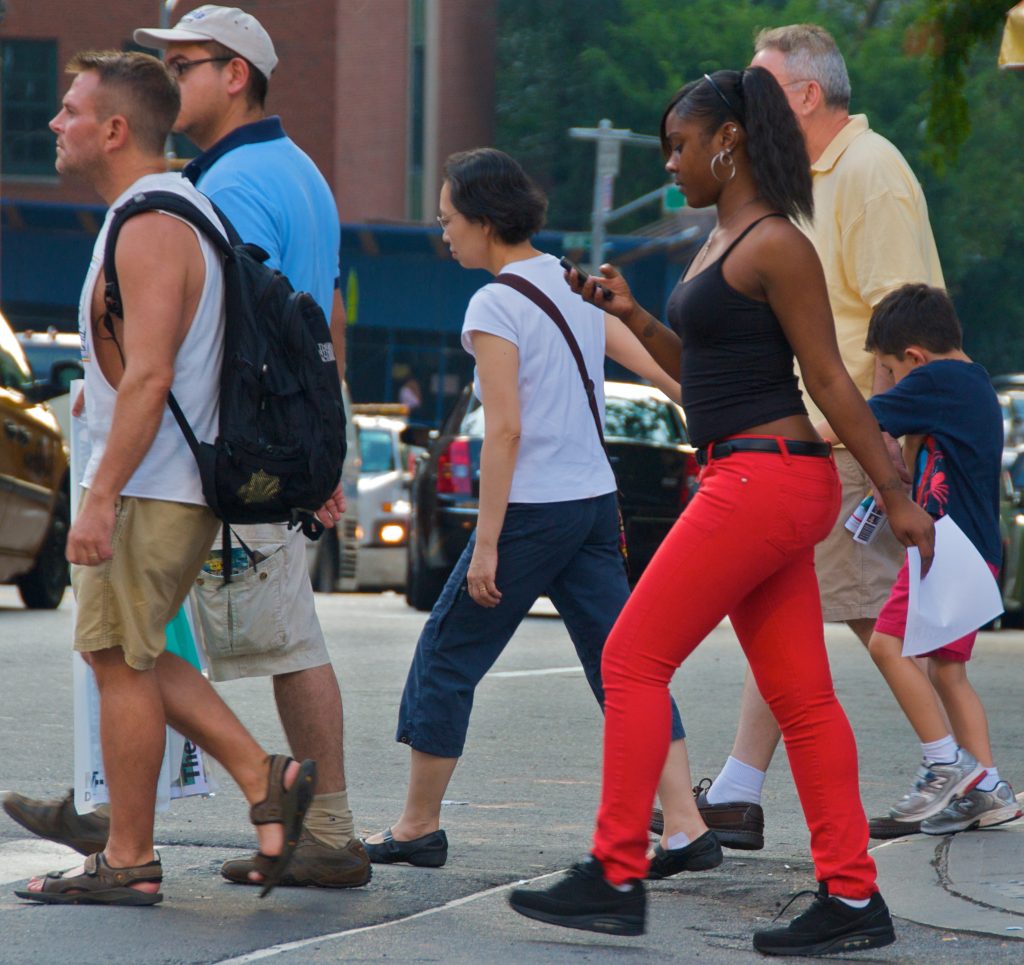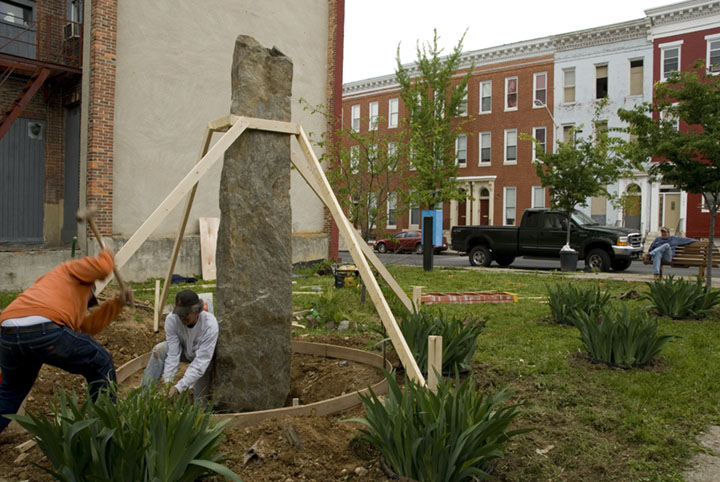In the cities of 2017, nearby nature provides opportunities to enjoy the scenery, relax, sit quietly, commune with others, and self-reflect. For early human ancestors, a stroll through the neighborhood might have been a bit more stressful. A run-in with a tiger or a warring tribe causes blood pressure to spike and stress hormones to shift. Are today’s pressures comparable to our ancestors’? Today, and in the past, the places we inhabit and the events we experience influence our bodies and minds in sometimes imperceptible ways.

Understanding Stress
Stress is a response to the challenges, demands, and immediate threats to our everyday functioning and well-being. Stress reactions are often automatic, and can shape behavior in ways that we may not even be aware of at the time. If an event is perceived as stressful, the regions of the brain that react are directly linked to the autonomic nervous system, which controls basic physiological functions. When one’s body is stressed, a cascade of reactions occur: muscle tension increases, blood pressure rises, the pulse quickens, respiration increases, the digestive system slows, and the body produces more adrenaline. These acute stress reactions, whether a tiger chase or a family death, are part of the human experience.
Chronic Stress
Humans are able to manage moderate and high stress levels for a short period of time. Yet excessive stimulation and persistent stressors day after day can overwhelm people. Chronic stress occurs when someone is exposed to mild or major stressors for a prolonged period of time with no opportunity for recovery. The experience is worsened when someone feels they have no control over that situation. Persistent stressful situations in urban environments are familiar: financial strain, looming deadlines, blended family conflicts, traffic noise, pollution, and ongoing visual stimulation.
Chronic stress, combined with little opportunity for recovery, can lead to unhealthy levels of psychological and physiological reaction. Individuals experiencing chronic stress are more likely to suffer from an ever-growing list of complications: impaired spatial learning and memory, frequent headaches, sleep problems, poor mental health, cardiovascular complications, type II diabetes, stiff and sore muscles, a weakened immune system, and digestive problems.
How might people alleviate the effects of continuous stress in their lives?
A growing collection of scientific studies suggest preventative health care techniques to combat chronic illness. The preventative power of everyday nature experience is part of these emerging studies. Having nearby nature, such as a personal garden, public parks, or trees in the streetscape can aid in stress recovery, improving people’s quality of life and their ability to do better at school and work.

Sitting quietly in a nearby park is not only relaxing, it is healing.
Even after just a few minutes of being in a green space the human body slides into a relaxation response: a decrease in blood pressure, a decrease in cortisol output, a decrease in muscle tension, and an increase in calm alertness. Urban green spaces, especially those small, convenient pockets of green you find hidden throughout your city, can provide an antidote to daily stressors.
Concerned with chronic stress culture, Scott Belsky, in ‘What Happened to Downtime? The Extinction of Deep Thinking and Sacred Space’, examines the state of our public and private lives: “Interruption-free space is sacred. Yet, in the digital era we live in, we are losing hold of the few sacred spaces that remain untouched by email, the internet, people, and other forms of distraction.” Belsky suggests possible mindsets and solutions to reclaim sacred spaces and traditions that allow the mind and body to relax.
– Establish a personal or community ritual for unplugging
– Pause each day for a purposeful dose of deep thinking
– Meditate or practice self-awareness
– Take a nap
We encourage you to take these activities outside.
We suggest you’ll notice an increase in health benefits when you do. In fact, several research projects compare light exercise activities indoor and outdoors, like walking or meditating; benefits increase when the activity occurs outside!
Belsky echoes Nature Sacred’s call for new thinking about open, relevant sacred spaces imbedded in everyday life. Green spaces that are safe and quiet support these moments of reflection and elevate visitors into a deeper, healthier and more peaceful relationship with themselves, their neighbors, and the built world.
